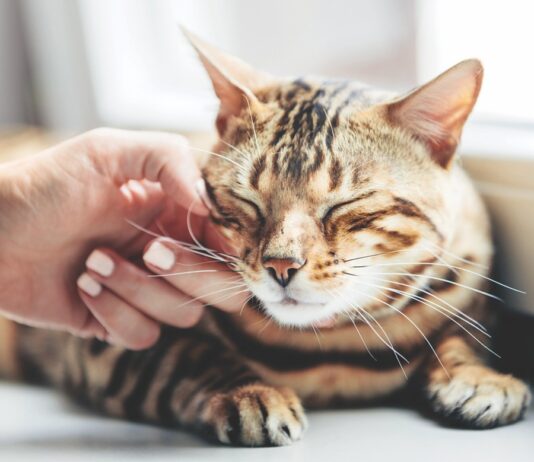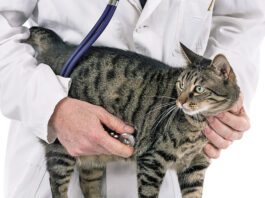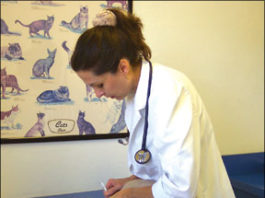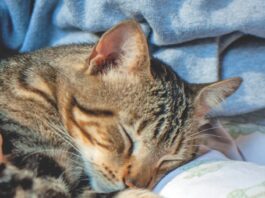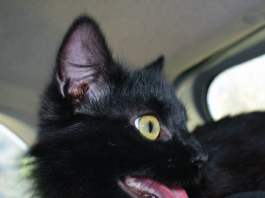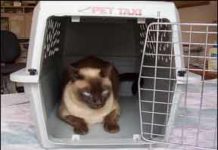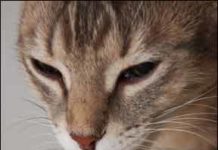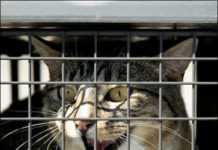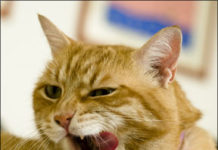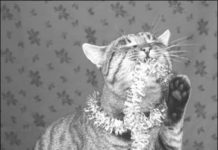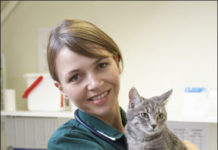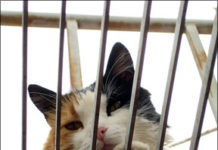Short Takes: August 2011
During the second World Conference on Veterinary Education in Lyons, France, an emphasis was placed on animal welfare and the background on the topic that graduating veterinarians need to achieve regardless of their location and training. “Vets can have a direct impact on the attitudes and behaviors of the general public towards animals as advisers to owners as well as to governments and corporations,” explained Ruth De Vere, head of education at the World Society for the Protection of Animals International (WSPA). “After this conference, where the world’s veterinary elite came together globally, I am hopeful that animal welfare will become an integral part of veterinary training.”
Short Takes: July 2011
Thanks to the development of screening assays and vaccines for FeLV, the prevalence of persistently infected cats has decreased. Recent studies indicate that the FeLV genetic material remains in cats exposed to the virus, though viral replication may not occur. Concern exists that this persistent viral DNA may ultimately contribute to development of lymphoma in cats.
Short Takes: June 2011
Based on data in the Veterinary Medical Database (VMDB), 1,129 feline intestinal tumor patients between 1964 and 2004 were evaluated for inclusion in an epidemiologic study. Cases were analyzed by breed, age, year of diagnosis, tumor type and tumor location. (Note: Feline intestinal tumors are relatively uncommon and the incidence of all intestinal tumors for this 40-year time period was 0.4 percent.)
Short Takes: May 2011
Urethral obstruction (UO) is a relatively common medical condition in male cats that usually requires emergency treatment (see related article on page 3 of this issue). Standard treatment - which involves medical stabilization of cardiovascular and metabolic derangements, correction of electrolyte abnormalities with IV fluid administration, and relief of the obstruction by urethral catheterization - may require a number of days in the hospital at considerable expense. The study ("A protocol for managing urethral obstruction in male cats without urethral catheterization," Journal of the American Veterinary Medical Association, 2010) involved a clinical trial involving 15 male cats with UO where standard treatment had been declined by owners due to cost issues.
Short Takes: April 2011
Researchers studied the effect of distance and neighborhood-level demographics on the number of pet adoptions from an animal shelter ("Use of geospatial neighborhood control locations for epidemiological analysis of community-level pet adoption patterns," American Journal of Veterinary Research, 2010). The methods used to perform the study included client segmentation, geospatial tools, and epidemiological techniques that evaluated locations of 1,563 adoptions from an animal shelter in eastern Massachusetts.
Short Takes: March 2011
Cornell University Veterinary Specialists (CUVS) welcomed its first patients in January, 2011. The satellite referral and 24-hour emergency care hospital located at 880 Canal Street in Stamford, CT, leverages the resources of the nations leading veterinary college, Cornell Universitys College of Veterinary Medicine, with those that the best of specialty private practice can offer for the benefit of pets, owners and the veterinary profession.
Short Takes: February 2011
Multiple endocrine glandular failure is recognized in humans, yet it is an uncommonly recognized phenomenon in veterinary medicine. This retrospective study ("Multiple endocrine diseases in cats: 15 cases [1997-2008]," Journal of Feline Medicine & Surgery, 2010) included a population of cats from a university veterinary teaching hospital diagnosed with multiple endocrine disorders.
Short Takes: January 2011
Diabetes mellitus (DM) is one of the most common endocrine diseases found in cats, and insulin therapy has become the most effective means to achieve blood glucose control. Clinical remission is not an uncommon finding in cats with well-controlled diabetes, though few studies have explored predictors of remission. In this study ("Predictors of clinical remission in cats with diabetes mellitus," Journal of Veterinary Internal Medicine, 2010), data was retrieved from the medical records of 90 cats with newly-diagnosed diabetes. The data collected included history, signalment, physical examination findings, hematology, biochemical profile and the occurrence and duration of remission. Remission was defined as normoglycemia without insulin longer than four consecutive weeks.
Short Takes: December 2010
Researchers developed a questionnaire for evaluation of cat owners perception of and knowledge about vaccination of cats, with owners asked to fill out a separate questionnaire for each cat they owned. A total of 3,163 questionnaires were evaluated ("Use of a web-based questionnaire to explore cat owners attitudes towards vaccination in cats," Veterinary Record, 2010). Vaccination as a kitten was the strongest predictor of up-to-date vaccination status, followed closely by plans to take the cat to a boarding cattery or cat show in the coming year. Owners who ranked the severity of infectious diseases or veterinary advice as very important were more likely to vaccinate their cats than owners who perceived these factors as less important.
Short Takes: November 2010
There is a growing understanding of osteoarthritis (OA) - also called degenerative joint disease - in cats that has led to investigation of the clinical signs, radiographic findings and also treatments. Cats are very good at compensating for orthopedic diseases, and therefore the clinical signs of arthritis are more difficult to detect and are different than those seen in dogs.
Short Takes: October 2010
Feline leukemia (FeLV) and feline immunodeficiency virus (FIV) are both serious pathogens of cats that often result in lifelong infection. Routine testing - as well as testing of clinically ill cats - is recommended, and is usually performed by using in-clinic test kits. For FeLV, these assays detect a viral protein, whereas a virus-specific antibody is detected for FIV. A new test system, Anigen Rapid FIV Ab/FeLV Ag test kit is now available on the European market. These investigators examined the diagnostic sensitivity and specificity of this new test kit on 300 samples using western blot as the gold standard for FIV infection, and polymerase chain reaction for FeLV infection; in addition, results were compared to those attained using the most commonly-used kit made by IDEXX (SNAP Combo).
Curing Ringworm in a Shelter
Ringworm (dermatophytosis) is a superficial - yet highly contagious - fungal skin infection that affects many animals, as well as humans. In healthy cats, it is generally self-curing, and should resolve over the course of several months. However, treatment will shorten the course and help to prevent it from spreading, including to humans. This is particularly important in a shelter environment where infection can negatively impact adoptions, and is a risk for staff and visitors.

